miami art deco walking tour self-guided
Discover Miami Beach’s iconic Art Deco architecture on a self-guided walking tour. Explore pastel-colored buildings, geometric patterns, and vibrant history at your own pace along Ocean Drive.
What is Art Deco?
Art Deco is a vibrant architectural and design movement that emerged in the early 20th century, flourishing between the 1920s and 1940s. Characterized by bold geometric shapes, symmetrical patterns, and ornate details, Art Deco blends modernity with nostalgia. It often incorporates materials like chrome, glass, and terracotta, creating a sense of luxury and glamour. In Miami Beach, Art Deco is defined by pastel-colored facades, nautical motifs such as chevrons and zigzags, and tropical elements like palm trees. The style reflects the optimism and cultural shifts of the Roaring Twenties, making it a defining feature of Miami’s architectural landscape. Its unique aesthetic has made it a cornerstone of the city’s identity, attracting visitors and inspiring preservation efforts.
Why Miami Beach is Famous for Art Deco Architecture

Miami Beach is renowned for its Art Deco architecture due to its extensive collection of over 800 historic buildings constructed between 1923 and 1943. These structures, featuring pastel colors, geometric patterns, and ornate details, showcase the city’s unique architectural identity. The district’s preservation efforts, led by the Miami Design Preservation League, have protected these landmarks, making it the largest concentration of Art Deco buildings in the world. The area’s tropical climate and coastal location inspired nautical motifs and tropical elements, blending seamlessly with the Art Deco style. This distinctive architectural legacy attracts millions of visitors annually, solidifying Miami Beach’s status as a global hub for Art Deco enthusiasts and historians.
The Best Route for a Self-Guided Tour
Begin at the Art Deco Welcome Center on Ocean Drive. Stroll north, exploring iconic buildings like the Clevelander Hotel and Park Central Hotel, and enjoy the vibrant atmosphere.
Starting at the Art Deco Welcome Center
The Art Deco Welcome Center, located at 1001 Ocean Drive, is the perfect starting point for your self-guided tour. This historic building, run by the Miami Design Preservation League, offers maps, brochures, and insights into the Art Deco District. Visitors can explore exhibits showcasing the history and significance of Miami Beach’s Art Deco architecture; The center also provides recommendations for must-see buildings and tips for navigating the area. Begin your journey here to set the tone for your tour and gain a deeper understanding of the architectural treasures you’ll encounter. It’s a great spot to take photos and orient yourself before diving into the vibrant streets of South Beach.
Key Stops Along Ocean Drive
Ocean Drive is the heart of Miami Beach’s Art Deco District, offering a stunning array of iconic buildings. Start with The Clevelander at 1020 Ocean Drive, known for its vibrant facade and historic charm. Next, visit Park Central Hotel (The Celino) at 640 Ocean Drive, admired for its streamlined design and nautical themes. Continue to the National Hotel at 1677 Collins Avenue, showcasing elegant proportions and a retro ambiance. Don’t miss the Sagamore Hotel at 1671 Collins Avenue, a prime example of Art Deco luxury. As you stroll, capture the pastel hues, geometric patterns, and neon accents that define these landmarks. The Versace Mansion, though not strictly Art Deco, is a nearby photogenic spot. Enjoy the lively atmosphere and rich architectural history along this iconic stretch.
Exploring Lummus Park and Its Surroundings
Lummus Park, located along Ocean Drive from 5th to 15th Streets, is a vibrant hub within Miami Beach’s Art Deco District. This scenic park offers a relaxing escape while showcasing iconic Art Deco architecture. Stroll along the promenade and admire the pastel-colored buildings with geometric patterns and ornate details. Nearby, you’ll find the Art Deco Welcome Center, a great starting point for your tour. The park’s surroundings are dotted with historic hotels, such as the Beacon and the Colony, which highlight the era’s design. As you explore, notice the playful use of neon accents and tropical motifs blending with the beachfront setting. Lummus Park is not only a beautiful spot to unwind but also a prime location to immerse yourself in Miami Beach’s architectural heritage.
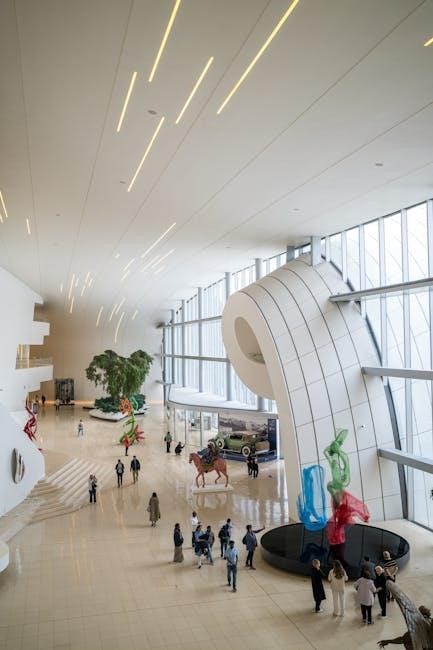
Iconic Art Deco Buildings to Explore
Discover the Clevelander, Park Central, and National Hotel, showcasing vibrant Art Deco designs with geometric patterns, pastel hues, and neon accents, epitomizing Miami Beach’s architectural charm.
The Clevelander Hotel
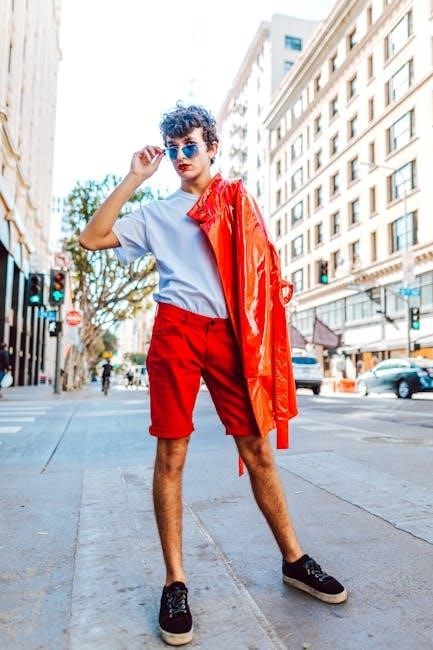
The Clevelander Hotel, located at 1020 Ocean Drive, is a standout example of Miami Beach’s Art Deco heritage. This historic hotel, built in the 1930s, features pastel-colored façades, geometric patterns, and nautical motifs, reflecting the era’s design influences. Its iconic neon sign and streamlined architecture make it a must-visit on any Art Deco tour. As one of the most photographed buildings in the district, the Clevelander embodies the vibrant spirit of Miami Beach’s architectural past. Today, it continues to serve as a popular spot for both travelers and locals, blending historic charm with modern amenities. Its prime location on Ocean Drive makes it an ideal starting point or key stop for self-guided explorers.
Park Central Hotel (The Celino)
Park Central Hotel, now known as The Celino, is a prime example of Miami Beach’s Art Deco architecture. Located at 640 Ocean Drive, this 1930s-era hotel features pastel-colored façades, geometric patterns, and nautical motifs, showcasing the era’s design influences. Its streamlined architecture and decorative elements make it a standout on the Art Deco District’s landscape. The hotel’s restored interior and exterior highlight its historical significance while offering modern comfort. As a popular stop on self-guided tours, The Celino attracts both architecture enthusiasts and casual visitors. Its location on Ocean Drive makes it a central spot to admire and photograph, capturing the essence of Miami Beach’s vibrant architectural heritage. The Celino’s blend of history and style ensures its place as a must-see destination in the Art Deco District.
National Hotel
The National Hotel, located at 1677 Collins Avenue, is a prominent landmark in Miami Beach’s Art Deco District. Built in 1940, it exemplifies the era’s architectural style with its sleek, curved façade and neon-lit signage. The hotel’s design incorporates nautical themes, such as porthole windows, reflecting its coastal location. Its pastel color palette and geometric patterns are quintessential Art Deco features. As one of the largest hotels in the district, the National Hotel has been meticulously restored to preserve its historical charm while offering modern amenities. Its iconic pool and cabana club add to its allure, making it a must-visit destination for architecture enthusiasts and photographers on a self-guided Art Deco walking tour. The hotel’s rich history and striking design make it a standout attraction in South Beach.
Practical Tips for the Walking Tour
Wear comfortable shoes, stay hydrated, and use a self-guided app for navigation. Bring sunscreen, a hat, and a camera to capture vibrant Art Deco details. Enjoy!

Best Time to Take the Tour
The best time to embark on a self-guided Miami Art Deco walking tour is during the cooler morning hours or late afternoon to avoid the midday heat. Winter and spring seasons offer ideal weather, with mild temperatures and fewer crowds. Summer can be humid, while the rainy season (May to October) may disrupt your plans. Plan your tour around these conditions for a more enjoyable experience. Additionally, consider the 2-hour duration of the tour and schedule it accordingly to explore the district without rushing. Check local event calendars, as festivals or street closures might affect accessibility to certain Art Deco landmarks.
What to Wear and Bring
Dress comfortably for your Miami Art Deco walking tour with lightweight, breathable clothing like cotton or linen. Wear sturdy walking shoes, as you’ll be exploring on foot. Bring a wide-brimmed hat, UV-protective sunglasses, and high SPF sunscreen to shield yourself from the sun. Stay hydrated with a refillable water bottle and consider packing a portable charger for your phone or camera. A map or downloaded guide will help navigate the route. Don’t forget a camera to capture the vibrant buildings and details. Snacks are a good idea for energy, and a lightweight bag will keep everything organized. Dressing appropriately ensures a pleasant and enjoyable self-guided tour experience in Miami’s iconic Art Deco District.
Using a Self-Guided Audio Tour App
Enhance your Miami Art Deco walking tour with a self-guided audio tour app. These apps offer engaging narratives about the architectural history, iconic buildings, and cultural significance of the district. Download the app on your mobile device before starting your tour to ensure offline access. The audio guide provides insightful commentary at each stop, allowing you to explore at your own pace. Many apps include maps, photos, and additional details about the buildings and their designers. This convenient tool enriches your experience, offering a deeper understanding of Miami Beach’s Art Deco heritage. It’s perfect for history enthusiasts and casual visitors alike, ensuring a memorable and informative self-guided adventure through the district.
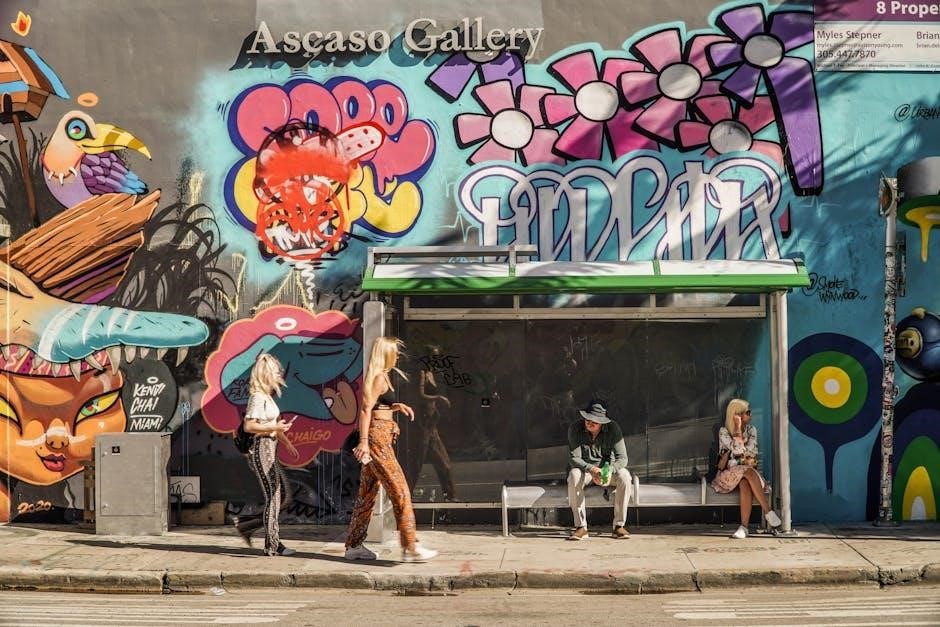
Architectural History of the Art Deco District
Miami Beach’s Art Deco District emerged in the 1930s, featuring pastel-hued buildings with neon accents and geometric patterns, preserved as a historic architectural treasure.
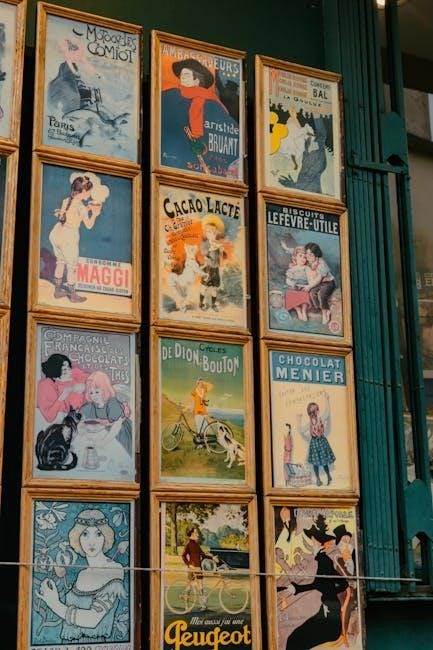
Evolution of Art Deco in Miami Beach
The Art Deco style in Miami Beach emerged in the 1930s, becoming a defining feature of the city’s architectural landscape. Influenced by the 1925 Exposition Internationale des Arts Décoratifs in Paris, the style gained popularity as a modern, glamorous alternative to earlier architectural trends. Local architects adapted Art Deco to Miami’s tropical climate, blending it with Mediterranean and Streamline Moderne influences. The 1940s and 1950s saw the style evolve, incorporating more minimalist and functional designs. By the 1980s, the Miami Design Preservation League played a pivotal role in preserving these iconic buildings, ensuring their legacy for future generations. Today, Miami Beach’s Art Deco District stands as a vibrant testament to this architectural era.

Distinctive Features of Art Deco Architecture
Art Deco architecture in Miami Beach is characterized by its vibrant pastel colors, geometric patterns, and ornate details. Prominent features include chrome accents, neon signs, and stylized motifs such as chevron patterns and nautical elements. The buildings often incorporate Mediterranean and Streamline Moderne influences, creating a unique tropical Art Deco style. This blend of styles and attention to detail gives the district its iconic visual identity, making it a standout example of architectural innovation from the 1930s and 1940s.
Role of the Miami Design Preservation League
The Miami Design Preservation League (MDPL) plays a vital role in preserving and promoting Miami Beach’s Art Deco heritage. As a nonprofit organization, it works tirelessly to protect the architectural integrity of the district through education, advocacy, and community engagement. The MDPL offers guided tours, lectures, and films to raise awareness about the significance of Art Deco architecture. It also collaborates with local authorities to ensure that historic buildings are preserved and restored according to their original designs. By safeguarding the past, the MDPL helps maintain Miami Beach’s unique cultural identity for future generations to enjoy. Their efforts have been instrumental in earning the district its reputation as a global Art Deco destination.
Hidden Gems and Lesser-Known Locations
Explore Miami Beach’s lesser-known Art Deco treasures by wandering through side streets and discovering unique buildings, intricate details, and vibrant architecture that often go unnoticed by visitors.
Exploring Side Streets for Unique Buildings
While Ocean Drive is famous for its Art Deco landmarks, venturing into Miami Beach’s side streets reveals a trove of lesser-known architectural gems. Collins Avenue and Espanola Way are particularly rich with unique buildings that showcase the era’s geometric patterns and pastel hues. These quieter streets offer a more intimate experience, allowing visitors to appreciate intricate details like ornate metalwork and decorative motifs. One standout is the Netherland Hotel, a beautifully restored example of Streamline Moderne design, and the Carlyle Hotel, with its striking nautical-inspired features; Exploring these areas feels like uncovering hidden treasures, providing a deeper connection to Miami Beach’s Art Deco heritage.
Many of these buildings are tucked away, making a self-guided tour with a detailed map or app essential for discovering them. Take your time to admire the playful use of color and form, which reflect the optimistic spirit of the 1930s and ’40s. Don’t miss the Imperial Hotel, a lesser-known gem that boasts a striking façade and elegant proportions. These side streets truly highlight the diversity and creativity of Miami Beach’s Art Deco architecture, offering a fresh perspective for enthusiasts and casual explorers alike. By wandering off the beaten path, you’ll uncover the full richness of the district’s historic landscape.
Discovering Art Deco Details in Hotels and Restaurants
Step inside Miami Beach’s iconic hotels and restaurants to uncover the intricate Art Deco details that define their interiors. The Clevelander Hotel boasts vibrant terrazzo floors and chrome accents, while the Park Central Hotel (The Celino) features nautical-inspired motifs and curved lines. Restaurants like The Front Porch Cafe showcase geometric patterns and pastel hues, blending seamlessly with their retro ambiance. These spaces offer a glimpse into the era’s opulence, with decorative panels, ornate lighting, and bold color schemes. Don’t miss the opportunity to admire the meticulous craftsmanship and playful design elements that bring the Art Deco style to life. By exploring these venues, you’ll gain a deeper appreciation for the architectural and cultural significance of Miami Beach’s historic district.
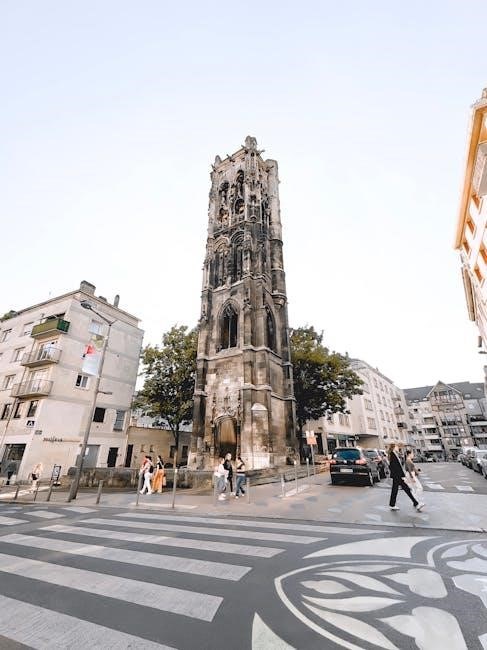
How to Make the Most of Your Tour
Capture stunning photos, engage with local culture, and use a self-guided audio app to deepen your understanding of Miami Beach’s vibrant Art Deco heritage.
Taking Photos Like a Pro
Enhance your Miami Art Deco walking tour by capturing stunning photos. Start early or during golden hour for soft, flattering light. Use the self-guided audio app to identify key architectural details. Experiment with angles, reflections, and close-ups to highlight geometric patterns, pastel hues, and neon accents. Incorporate people or street life to add scale and context. Focus on iconic buildings like the Clevelander Hotel and National Hotel, and don’t miss hidden gems on side streets. Play with symmetry and leading lines to frame your shots. Edit photos using apps to enhance colors and contrast. Remember to stay mindful of your surroundings while snapping. With patience and creativity, your photos will showcase the vibrant essence of Miami Beach’s Art Deco District.
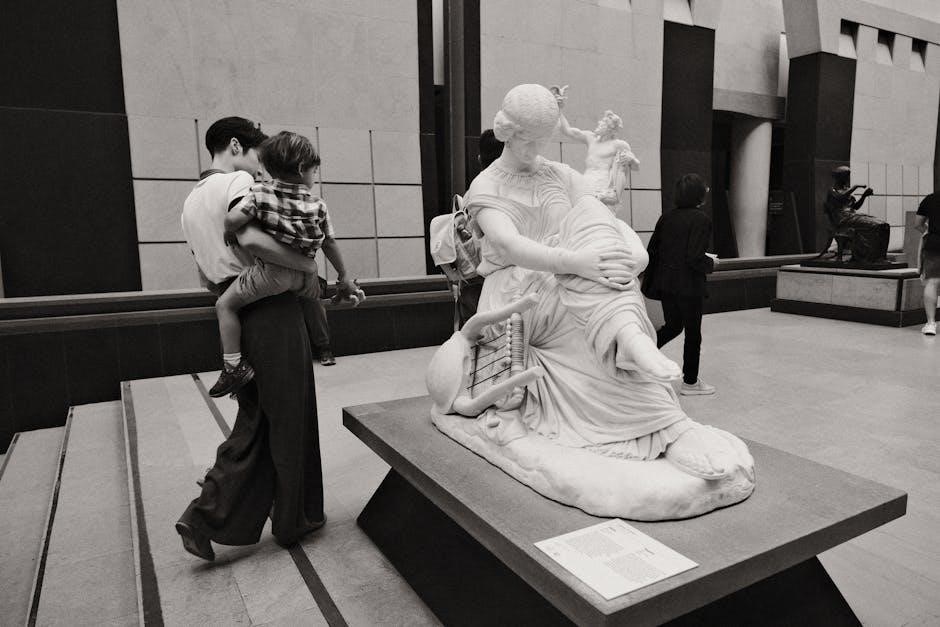
Engaging with Local Art and Culture
Immerse yourself in Miami Beach’s vibrant art scene while exploring its Art Deco architecture. Visit the Art Deco Welcome Center to learn about local history and culture through exhibits and lectures. Discover unique galleries like the Aviram Art Gallery and Amalia Arbel Gallery, showcasing both contemporary and retro-inspired works. Attend events such as the annual Art Deco Festival, featuring live music, art exhibits, and interactive installations. Engage with local artists at pop-up studios or street performances along Ocean Drive. Don’t miss the opportunity to explore the area’s dynamic cultural scene, blending historic charm with modern creativity. These experiences will deepen your appreciation for Miami Beach’s artistic heritage and its role as a global cultural destination.
